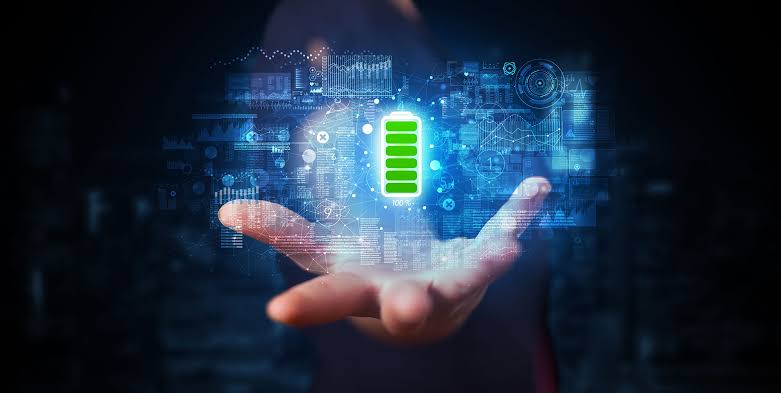Future Batteries

Future batteries: Charge in seconds, last months and power over the air
Energy capture, storage and generation remains a vibrant area of research, here we discuss the research breakthrough in future batteries technology.
While smartphones, smart homes and even smart wearables are growing ever more advanced, they’re still limited by power. The battery hasn’t advanced in decades. But we’re on the verge of a power revolution.
Big technology and car companies are all too aware of the limitations of lithium-ion batteries. While chips and operating systems are becoming more efficient to save power we’re still only looking at a day or two of use on a smartphone before having to recharge.
While it may be some time before we get a week’s life out of our phones, development is progressing well. We’ve collected all the best battery discoveries that could be with us soon, from over the air charging to super-fast 30-second re-charging. Hopefully, you’ll be seeing this tech in your gadgets soon.
Research at Chalmers University of Technology has been looking at using the battery not only for power, but as a structural component, for many years. The advantage this offers is that a product can reduce structural components because the battery contains the strength to do those jobs.
Using carbonfibre as the negative electrode while the positive is a lithium iron phosphate, the latest battery has a stiffness of 25GPa, although there’s still some way to go to increase the energy capacity.
NAWA Technologies has designed and patented an Ultra Fast Carbon Electrode, which it says is a game-changer in the battery market. It uses a vertically-aligned carbon nanotube (VACNT) design and NAWA says it can boost battery power ten fold, increase energy storage by a factor of three and increase the lifecycle of a battery five times.
The company sees electric vehicles as being the primary beneficiary, reducing the carbon footprint and cost of battery production, while boosting performance. NAWA says that 1000km range could become the norm, with charging times cut to 5 minutes to get to 80 per cent.
Researchers at the University of Texas have developed a lithium-ion battery that doesn’t use cobalt for its cathode. Instead it switched to a high percentage of nickel (89 per cent) using manganese and aluminium for the other ingredients. “Cobalt is the least abundant and most expensive component in battery cathodes,” said Professor Arumugam Manthiram, Walker Department of Mechanical Engineering and director of the Texas Materials Institute. “And we are completely eliminating it.” The team says they have overcome common problems with this solution, ensuring good battery life and an even distribution of ions.


